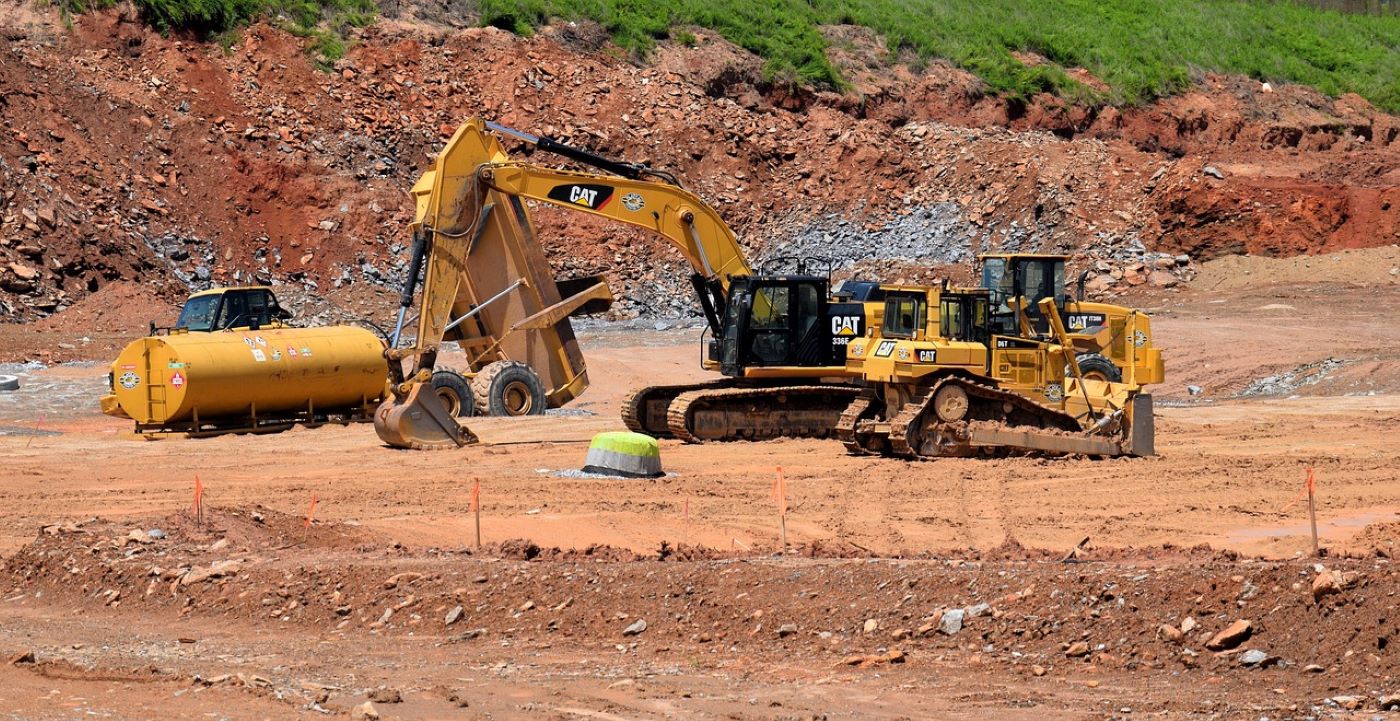
Construction BMP Guide: C241 Sediment Pond
Sediment ponds are temporary structures used during construction to remove sediment from runoff originating from disturbed areas of the site. Sediment ponds are typically designed to remove sediment no smaller than medium silt (0.02 millimeters). Consequently, they usually reduce turbidity only slightly. Sediment ponds are used where the contributing area to the pond is > 3 Acres.
*The contents of this guide are to provide a general overview only. It is the user’s responsibility to ensure all BMPs utilized on their project meet the requirements of their state and local jurisdictions.


Sediment Pond Installation:
- Follow all design criteria outlined in the Stormwater Management Manual
- Avoid installing temporary sediment ponds where permanent infiltration BMPs will be later installed. If this is the only available location for a sediment pond, install at least 2 feet above the final grade of infiltration BMPs
- Ponds should be divided into two roughly equal-volume cells by a permeable divider that will reduce turbulence while allowing the movement of water between the cells
- The divider shall be ≥ one-half the height of the riser, and ≥ 1 foot below the top of the riser.
- Divider options include:
-
- Wire backed, 2-3 foot high, high strength geotextile fabric supported by treated 4x4s
- Staked strawbales wrapped with geotextile fabric
- Riprap embankment (typically on deeper ponds)
- Piping is the most common structural failure of sedimentation basins. Piping refers to:
-
- Water seeping through fine-grained soil, eroding the soil grain by grain and forming pipes and tunnels
- Water under pressure flowing upward through granular soil with a head of sufficient magnitude to cause soil grains to lose contact and capability for support.
- Prevent Piping by:
-
- Ensuring tight connections between the riser and outlet pipe, and other pipe connections
-
- Adequately anchoring the riser
- Properly compact soils in the embankment and riser footing
- Properly constructing anti-seep devices

Sediment Pond Maintenance:
- Monitor sediment depth within the pond
- Remove sediment from the pond when it reaches 1 foot in depth
- Monitor the sediment pond for signs of piping
- Repair any damage to the pond embankments or slopes
Please Note:
* Do not install sediment ponds on sites where failure of the BMP would result in loss of life, damage to homes or buildings, or interruption of use or service of public roads or utilities. Also, sediment ponds are attractive to children and can be dangerous. Compliance with local ordinances regarding health and safety must be addressed. If fencing of the pond is required, show the type of fence and its location on the drawings in the Construction Stormwater Pollution Prevention Plan (SWPPP)
*Sediment ponds that can impound ≥ 10 acre-feet (435,600 cubic feet [cf]) or have an embankment height of > 6 feet at the downstream toe, are subject to the Washington Dam Safety Regulations



